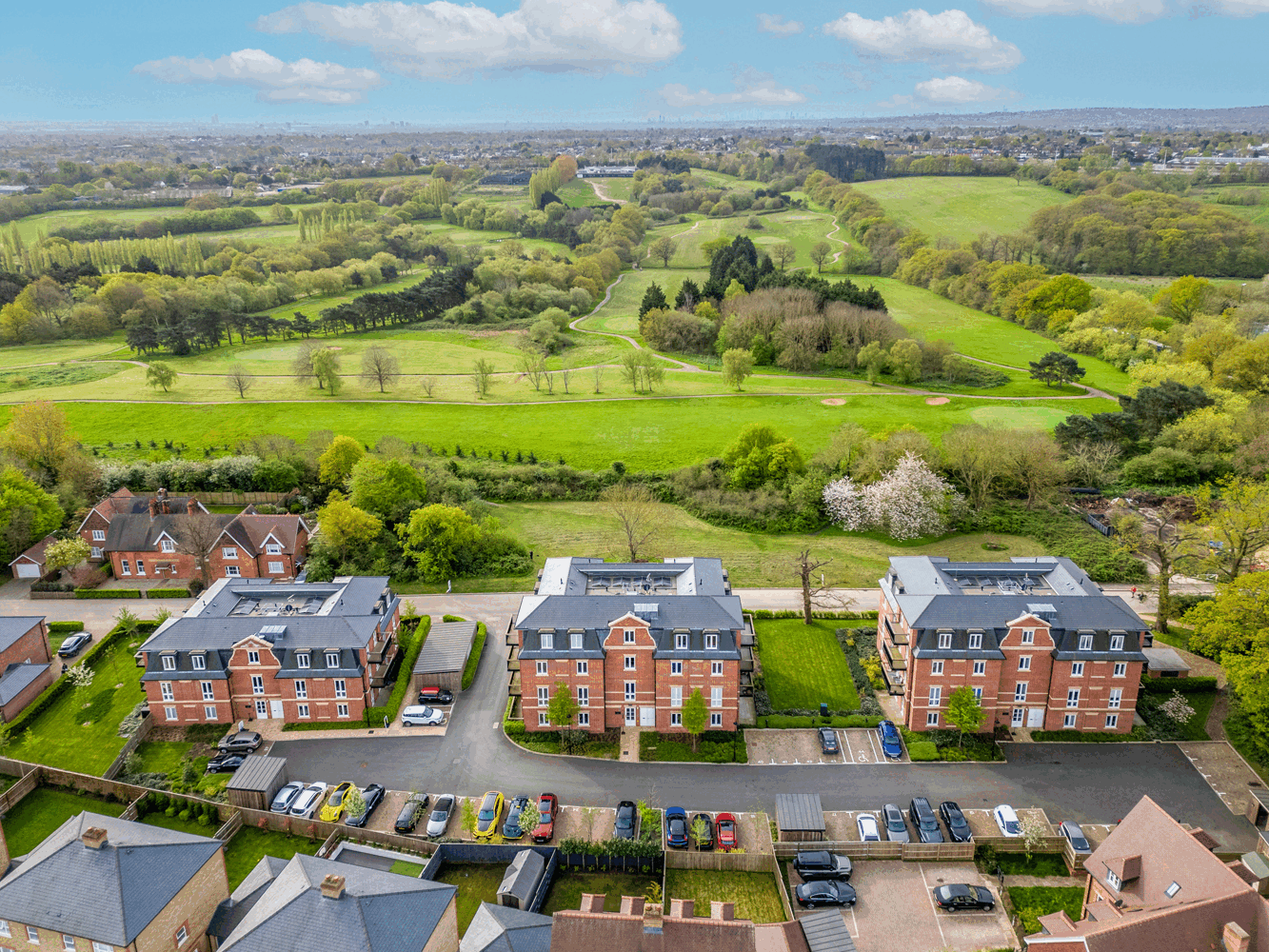
When should you secure a mortgage in principle?
Shared Ownership is a great way to get on the property ladder without the high financial investment that a standard house purchase can incur. With a Shared Ownership property, you’re buying a share of the property from a housing association, and paying rent on the remaining shares.
In order to buy your initial share – whether that’s 25%, 40%, or however high you can realistically afford – you’ll likely need to secure a mortgage from one of the banks or building societies that offer this kind of product. This includes high street names like Kent Reliance, Nationwide, Barclays, Leeds Building Society and Halifax.
The first step in securing your Shared Ownership mortgage is to work with a mortgage broker or high street lender to obtain a Shared Ownership mortgage in principle (also known as a Shared Ownership agreement in principle). This article will walk you through all of the information you need to know, so that you can begin your journey of getting on the property ladder.
What is a Shared Ownership mortgage in principle?
A Shared Ownership mortgage in principle is similar to a standard mortgage in principle: it is an official estimate from a mortgage provider of what they are prepared to lend you, taking into account the accumulation of your income, outgoings, deposit, assets, and any other financial commitments that may impact your ability to get a Mortgage Offer. .
A mortgage broker or lender will use all of this information to calculate whether you are suitable for a mortgage. The Shared Ownership mortgage in principle is a confirmation from the lender that they’ll provide you with a certain amount of money in order to purchase your share of the Shared Ownership property. It is not a mortgage in itself, but instead an essential step towards owning your own Shared Ownership home.
If you’re planning on purchasing your Shared Ownership property alongside a partner or friend, it’s important that your Shared Ownership mortgage in principle factors in all of their financial information alongside yours. Failure to do so could result in you needing to begin the process from the start – taking up valuable time that could be spent finding your ideal Shared Ownership home.
When should you obtain a Shared Ownership mortgage in principle?
When looking to buy a Shared Ownership home, it’s important to establish your general affordability as soon as possible. In this sense, you should look to obtain a Shared Ownership mortgage in principle as early in the home-buying process as you can.
Naturally, you will need to first establish whether Shared Ownership is the right move for your personal situation. You should also check that your financial situation aligns with the eligibility requirements for Shared Ownership. This includes criteria such as:
- You are at least 18 years old
- You must demonstrate that you are not in rent or mortgage arrears
- Your annual income must not exceed £80,000 (or £90,000 if you live in London)
Once these steps have been completed and you’ve decided that Shared Ownership is the path you want to take, reach out to a mortgage broker or lender to begin the process of obtaining a Shared Ownership mortgage in principle. This will give you an idea of the kinds of properties that you can afford, which will help when browsing our wide selection of available homes.
What are the benefits of a Shared Ownership mortgage in principle?
Understand your purchasing power
While a Shared Ownership mortgage in principle isn’t a legal confirmation of the exact amount of money you can put down on a Shared Ownership home, it will be able to give you an idea of the kinds of properties that you can afford.
This can be highly beneficial when searching for a Shared Ownership property, as you can realistically set your expectations based on your financial situation. This will help to narrow the home viewings that you attend – there’s nothing worse than falling in love with a property that’s currently out of your budget!
Learn how to increase your affordability
When approaching a high street lender for a Shared Ownership mortgage in principle, you may be presented with a rejection and have the process end there.
If you work with an experienced mortgage broker, however, you will often be supported on how to improve your purchasing power based on the information provided in the initial consultation stage.
For example, they may identify that you have an outstanding credit card balance that is negatively impacting your eligibility, or unnecessary outgoings that are viewed as red flags by mortgage lenders (including gambling or payday loans). By working with a mortgage broker, you can resolve these issues and obtain the strongest Shared Ownership mortgage in principle available to you.
Are there any downsides to a Shared Ownership mortgage in principle?
While there are no inherent negatives to obtaining a Shared Ownership mortgage in principle, the various financial calculations involved can lead buyers to believe that they’re in a much stronger position than in reality.
This is because financial situations are dynamic, and what may seem standard for one mortgage broker may be cause for concern to a particular lender. Because of this, it’s important to take a Shared Ownership mortgage in principle for what it is: subject to change.
It is important to know that with Shared Ownership, you are also required to pay rent and service charges on the shares of the property that is owned by the housing association. These fees can alter the eligibility of a Shared Ownership mortgage in principle.
Another way to get a rough idea of what budget you’ll be working with for your Shared Ownership purchase, is to use our affordability calculator. Simply input the property value you’re aiming for, your deposit, mortgage period, and what percentage share you’d like to purchase. You’ll then receive tailored costs based on your finances.
Shared Ownership mortgage in principle – checklist
Pit stop! We have collated a checklist for you in getting your Shared Ownership mortgage in principle:
- Research lenders and mortgage brokers in your area
- Gather financial information for everybody involved in the purchase (income, outgoings, ongoing debts etc.)
- Work with your mortgage broker to complete their application, providing any personal and financial information required
- Undergo a credit check, so the lender can assess the level of risk associated with your mortgage in principle
- If approved, receive mortgage in principle and use this to progress your Shared Ownership purchase
- If rejected, work with your mortgage broker to address financial concerns and place yourself in a stronger position for lenders
You’ve obtained a Shared Ownership mortgage in principle – what’s next?
A Shared Ownership mortgage in principle puts you in a very good position to be accepted for a Shared Ownership mortgage. The next step is underwriting. While the majority of the Shared Ownership mortgage in principle process involves a computer calculation, underwriting will see a human being review your application and determine whether you qualify for a mortgage.
Once this has been given the green light and you’ve been approved for a Shared Ownership mortgage, you can move forward with securing your Shared Ownership home.
Your experts for all things Shared Ownership
Think that you’re ready to make the move toward Shared Ownership? Legal & General Affordable Homes is here to support you. For further information and guidance, visit our FAQs or contact our team.

